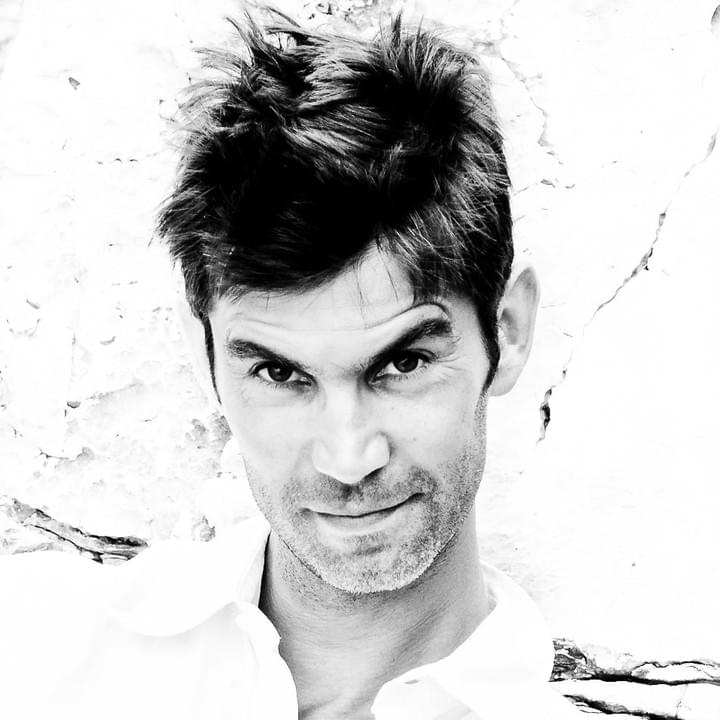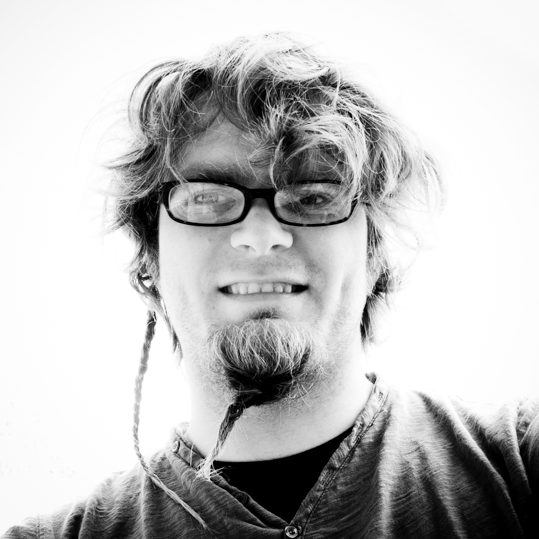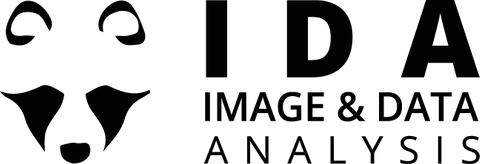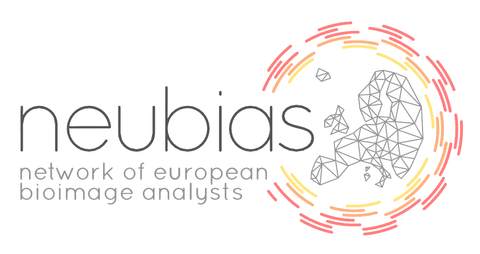
- Sign Up!
(if you want to receive an email from us once we have fixed the date for the next edition)
About the School
An intensive summer-course in image analysis for life-scientist.
Using open-source tools and emphasising reproducibility.
The What, Who, and Why
What it is: A focused one-week school providing hands-on introductions to image processing and analysis, with priority given to biologically relevant examples. Students learn the fundamentals of image analysis, including basic macro programming in ImageJ/Fiji as well as other software solutions. By the end of the course all students have practical working knowledge of how to attack image analysis problems.
Content: 1) Lectures on image processing interspersed with hands-on demonstrations and exercises. 2) Special topics: Machine learning, Super-resolution, stitching, high-volume data, deconvolution, co-localisation, tracking, image-ethics. 3) Hands-on experience: Students are expected to bring their own data and try out the presented tools with the help of the trainers. 4) Talks: Invited speakers, from Switzerlnad and beyond, presenting work that requires image analysis.
Participants: The target group is from the life-sciences: PhD and master students, staff scientist, postdocs, and professors, from Switzerland and beyond. As funding allows, a few travel grants will be made available for external participants. Overall 25 students accepted to allow effective tutoring.
Teachers: Didactically outstanding trainers from e.g. ETH Zurich, EPFL, Biozentrum and FMI Basel, University of Basel, EMBL Heidelberg, MPI-CBG Dresden, University College London, University of Edinburgh, IBMP-CNRS Strasbourg, Uni Carlos III Madrid, SciLifeLab Uppsala, and the wider NEUBIAS. Speakers will be invited from across Switzerland and Europe.
Motivation & Background: There is a continued need for researchers in the life sciences to know how to handle their image data and this is typically not covered in their curricula. This school addresses this need.
History (name change):
- 2017-2019: Zurich Image and Data Analysis School.
- 2020 onwards: SwitZerland's Image and Data Analysis School.
Previous Editions
Links to webpages from former schools, with program, trainers, speakers, etc
Connect With Us
Something unclear? Let us know!
© 2017-2025
























